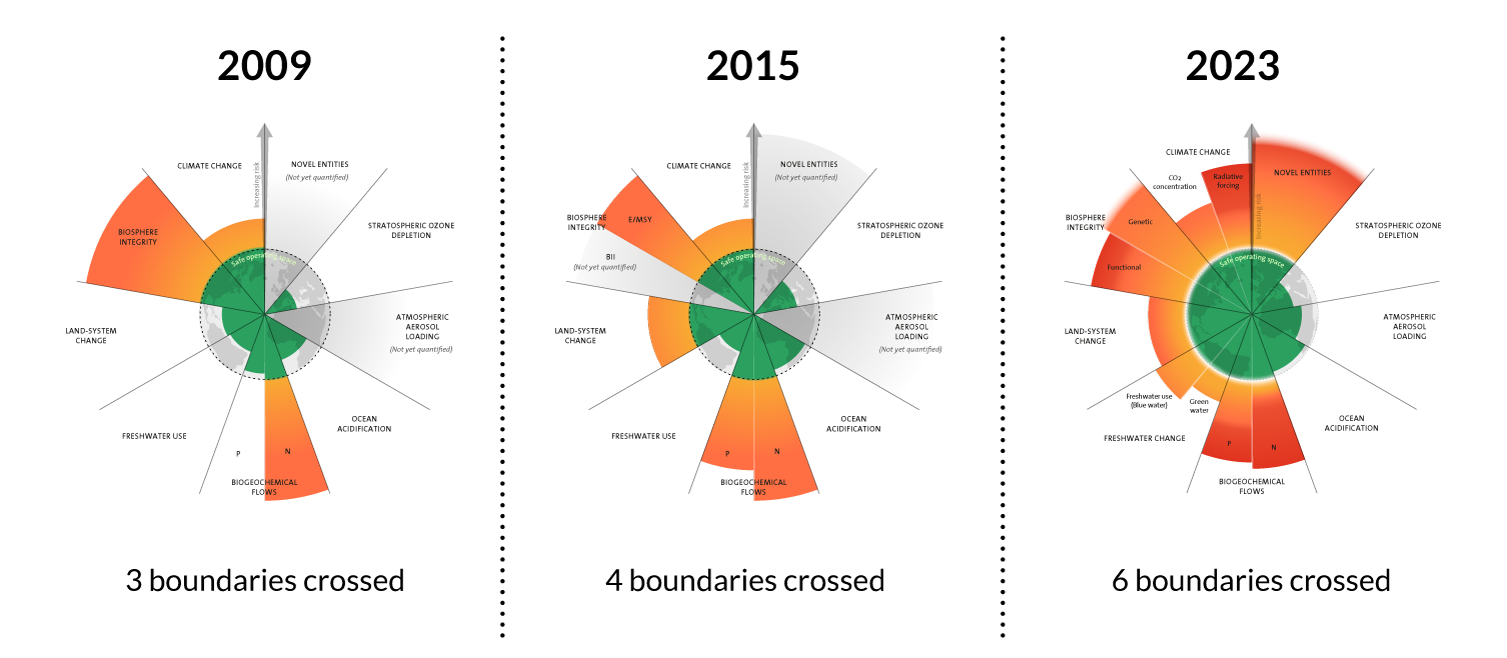What if you get to a meeting with your ideal investor.
Someone who is an easy-going person. Someone who has been in your shoes and who understands you and your business. Someone who would love to give you exactly the money you want to raise and not more % than you are offering. Someone who you would love to learn from and always dreamt of partnering with?
How would that feel?
But you make one mistake in your pitch and suddenly the meeting is over, the deal is gone and you will never see that person again.
What then?
Most meetings with investors don’t results in securing deals, but rather in disappointment in the face of the founder. This happens a lot. Maybe not in such a quick, harsh way, but most deals never get done, they slowly ease into non existence leaving your follow up emails unopened without any reply.
Why?
Usually due to one of these factors:
1. A mismatch in personalities and lack of understanding in how the investor works, and what he invests in
2. A lack of trust in the founder and the product
3. Poor communication and presentation skills
Firstly, why could there be a mismatch? Maybe you are in early stages (before MVP) and the person in front of you invests in later stages after MVP, and so have more traction (e.g. 100 customers with solid MRR). This could be better handled by learning about this person before the meeting and going into it with the goal of building a relationship. You may be a good fit for each other in the future and, even if not, he may know someone else who could be.
Secondly, why a lack of trust? It could be your inability (maybe fear and ego?) to explain how much money you are really making right now, or who your customer is. Or just the fact that your product doesn’t seem to solve a real problem in the marketplace.
And thirdly, poor communication and presentation skills are extremely common amongst startup founders, especially those that come from a technology background.
And if you are expected to be given money or trusted to lead a company, you need to demonstrate the ability to sell, lead and speak. There is no way around it and no you can’t just hire someone for this and pay them a salary. I encourage you to try it, because you will find out it doesn’t work.
Most startup owners fail with investors due to lack of preparation, don’t be one of them. Here’s the kicker – ALL of these can be erased by proper preparation.
Why Over-Preparation Needs to Be Your New Strategy
Research your investor. What does he invest in? What type of companies does he have in his portfolio? What was his first company?
All of this will help you connect and build a real rapport.
Don’t be lazy.
Don’t stop there.
Most startup owners can’t express what they do in two sentences. You will hear them speaking and their lips will be moving, but after 20 minutes, you still don’t know what’s going on and are wondering…
…what are they actually doing?…
…who is their customer?…
…do they have any revenue already?…
…what problems are they solving?…
…why should anyone buy their solution?…
…and this is what the investor is expecting to understand in less than five minutes of your time. Your throat should be sore from practising your pitches to potential investors, partners and customers.
You can even use a friend or colleague to practice. Create a mock situation where you role play what you have prepared and you can test various questions and answers.
Flip the Rolodex – Get better results
Don’t take it easy on yourself, use every opportunity to practice, talk to people, ask them if they understand what you are working on. If you see an opportunity to speak in front of a crowd at a local co-working event, seize it.
When you feel comfortable with pitching, you have a good deck, and you have your numbers right, it’s time to act.
Once you have a list of the right investors that you want to focus on, rank them from the best candidates to least interesting ones. Most people will go after the best fit right off the bat. You are going to do the opposite of what most people do, because you want better results than most people.
You are going to start at the bottom of your list.
You will start with the least qualified investors on that list. That way you will practice and learn the process. You will learn what type of questions they are asking you, so next time you will have a better answer and thus will be more prepared when you get higher up the list.
This will also help you learn your weak spots. You will see areas where you are not so comfortable. Maybe you need to work on your numbers, or maybe your vision doesn’t resonate with others.
When you follow this process, you will be an absolute rockstar by the time you hit the top of the list, and will absolutely shine in front of your most important investors.
Do the opposite of what most people do and get better results than what most people get.
And last piece of advice for your investor pitch and meeting – let go of the ego. Focus on providing value, on showing that you are focused and driven, but also humble.
———-
What is your product and who is your ideal investors? Maybe we know someone who would like it. You never know, especially if you don’t ask, so let us know!





















































